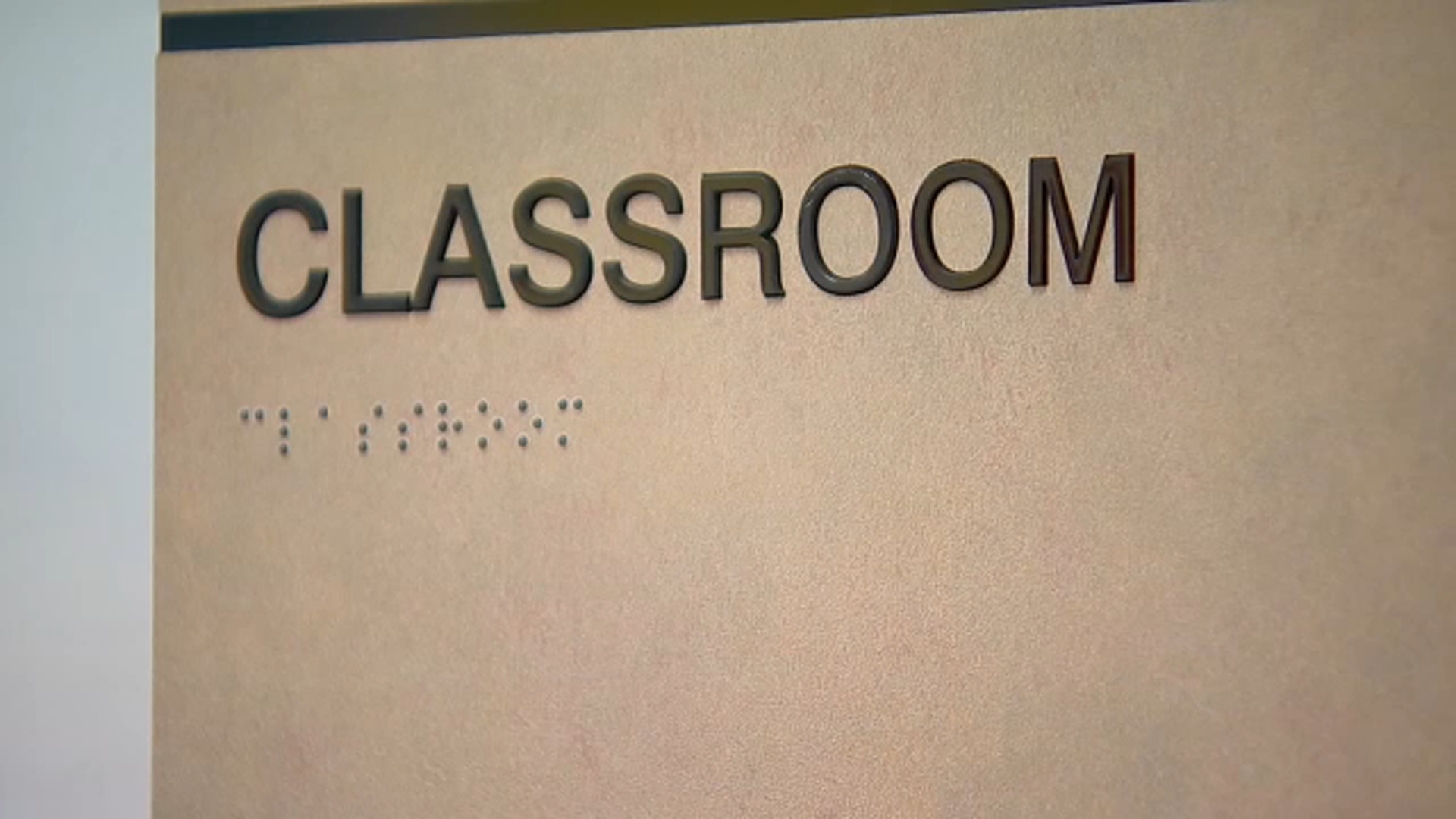As UT expands its tuition program, other local colleges offer similar plans that are changing lives

HOUSTON, Texas (KTRK) -- As the University of Texas gets ready to expand its free tuition programs, several local colleges offer something similar, and there's a way to learn a career and not worry about any requirements at all.
Texas Higher Education Coordinating Board data shows the average annual tuition cost for a public university is around $10,000. It's too high of a price tag for some.
That's why when Anthony Chapa learned about San Jacinto College's tuition program in high school, he couldn't believe it.
"When they said 'free tuition,' it was like, we have to pass high school. We need to get this free tuition. Because college is free and usually college is always expensive," Chapa recalled.
There's no income requirement for San Jac's promise program, that's assisted 8,500 students since it started.
"We understand that financial aid, how to pay for college, is typically a barrier for students," San Jacinto College Marketing and Public Relations Vice President Amanda Fenwick explained. "This essentially removes that barrier."
There is an income requirement for other area colleges. At UT, students get free tuition if their family income is less than $65,000.
However, the school announced this week that it's changing to $100,000 next fall. At Texas A&M, tuition's covered if your family makes less than $60,000.
RELATED: UT System will expand free tuition and fees to all undergraduates whose families make $100K or less
For The University of Houston, it's $65,000. At Rice University, students get free tuition if the household income is less than $140,000. If it's below $75,000, they get help with fees and living expenses, too.
An apprenticeship ensures you don't have to worry about these requirements at all.
"College is pushed so much on kids these days," apprenticeship coordinator Hector Charles said. "There are also other routes."
Charles is an apprenticeship coordinator for the International Union of Painters and Allied Trades. He said there are a lot of similarities between apprenticeships and colleges.
Students take classes and work with experts. However, the big difference is an apprentice gets paid.
"You're learning as you're going, and you're also getting paid, and you're working for a fellow employer," Charles explained.
There are apprentices in all types of industries, from trades to education and funeral homes. The pay only gets better as you learn more skills.
"Every semester that you're enrolled in an apprenticeship program, you get a bump in your wages that's contractually mandated," Texas Gulf Coast Labor Area Federation spokesperson Jay Malone explained. "You're looking at 4% or 5% every semester."
Whether it's an apprenticeship or tuition program, students are thankful for the opportunity to better their lives.
"It's very helpful for many of the low-income students that need this because there are a lot of smart people out there who can't afford college, sadly," Chapa said.
If you're wondering if a college offers a tuition program, you can check with the school's financial aid office or search their website.
The Texas Workforce Commission has a website where you can search for apprenticeship programs in all kinds of industries.
For updates on this story, follow Nick Natario on Facebook, X and Instagram.











